Last Updated on August 5, 2021
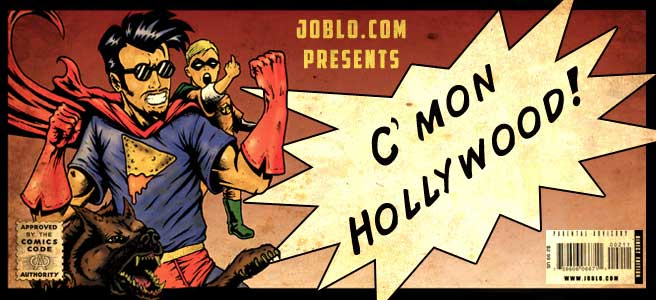
DC vs. Marvel. Sega vs. Nintendo. Betty vs. Veronica. RC Cola vs. Tab. We can now put “film vs. digital” within the pantheon of great debates that will lead people to lose friends, get into fisticuffs, and lead to murder (presumably).
See, movies as an artform are in a transitional period right now. Essentially, shooting on film is being replaced, slowly but surely, by digital photography – and it’s going through massive growing pains. To some people, this means movies are becoming deformed and mutilated, while others feel the medium’s only growing stronger. But which is true? Is digital the wave of the future, or an unfortunate fad that’s just waiting to crash down?
Well, some very famous and influential directors hate digital movie-making, and refuse to convert to the new medium. These include such luminaries as Christopher Nolan and Quentin Tarantino. Nolan states “[film is] far better looking, it’s the technology that’s been known and understood for a hundred years, and it’s extremely reliable” and Tarantino has claimed that shooting and projecting on film is “magical”.
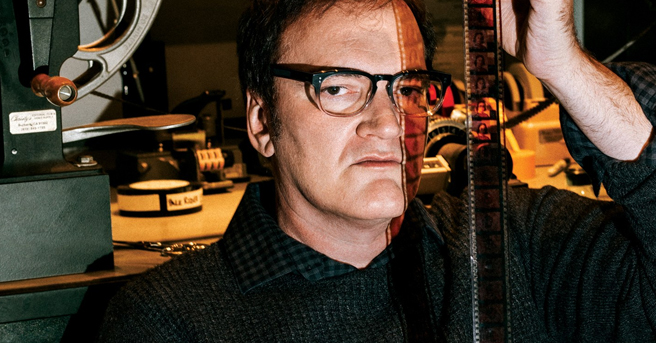
But are those claims true? I mean, these are acclaimed filmmakers, sure, but they’re neither engineers nor technicians. Honestly, with so many films now shot digitally, I wouldn’t be surprised if people wouldn’t be able to guess if a scene was shot on film or digital now if you were to show them side-by-side.
Well, actually we have proof of that! In a study conducted by cinematographer Steve Yedlin (Rian Johnson’s – the current director of THE LAST JEDI – go-to guy), he created a demo for a side-by-side comparison of film and digital, and showed it to his filmmaker friends. He shot the same scenes on film and on digital (with the exact same framing and blocking), then showed them together side-by-side (randomizing which side was which from shot-to-shot, to minimize the placebo effect), and curiously, he found that top level filmmakers and fellow cinematographers would only guess if a scene was shot on film or on digital correctly only 50% of the time (the same as pure chance). However, Yeldin was quick to add that “it’s worse than [chance], which they should be able to do given that they have the knowledge that there is always one film and shot and one digital shot. In a scenario of pure chance, you’re not given any statistical/pattern information like that to help you guess what’s coming”. Let’s see if you can spot the difference!
Yedlin also had choice words using spiritual terms like “magic” that Tarantino uses, stating:
We perceive [film] as magic precisely because of a prior held belief that it’s magic and not because of any actual (as opposed to imagined) attribute… People believe they can “see” and “feel” film because it has some kind of “soul” that digital doesn’t, but…stating that something is magic certainly gets us farther not closer to the truth of the underlying physical processes.
Essentially, Yedlin criticizes those who dismiss digital photography based on semi-religious words like the aforementioned "magic" of film, while not actually engaging with the technical aspects in a clear-cut, analytical way (through tests, trial-and-error, experiments, etc.). Yedlin is joined by other top filmmakers – like David Fincher and James Cameron – who champion digital filmmaking.
However, there are definitely legitimate concerns about all-digitial productions. For instance, popular YouTube video critic Patrick (H) Willems uploaded a video essay that delved into the reason why a lot of digitally-shot blockbusters seem to look so fucking bland lately. Essentially, it’s due to the fact that they’re shot to have the most available information for a colorist to later pull from (meaning that the initial image is muddy, gray, and dull until after post-production). However, as we’ve seen in many recent movies, that can lead to an overall dull/muddy look even after color-correction.
And all that seems to check out…except that’s not the only way to do it. For instance, in the aforementioned study, Yeldin stated “if we break some of our prejudices, we can break some of our repetitive behavior of always treating digital the same way and always getting the same inferior results.” Or, you can also see for yourself when it’s done well, like ZODIAC or GRAVITY. Even Martin Scorsese – a big advocate for film – shot digitally, originally for HUGO (since he needed it to be 3D) but then shot digitally again later for WOLF OF WALL STREET. And it’s because he knew how to use the medium to its advantage. Or rather, to made digital look like film because it can. Digitally coloring images the way the MCU films do (and other blockbusters have adopted) is basically like shaky-cam in film. Sometimes it’s SAVING PRIVATE RYAN…sometimes it’s TAKEN 3. It’s not the technique itself, it’s the utilization of the technique that matters.
Furthermore, color-correction is not relegated to digital movies. In fact, movies shot on film are almost exclusively digitally processed to be edited non-linearly, so shooting on film at this point is in many ways a superfluous step, since film footage also gets color-corrected to hell-and-back as well. I mean, to be fair, film is still the receiver of the information (the amount of blacks/whites/color saturation, etc. in the image), though the difference between film cameras and digital cameras at this point are neglible to non-existent. Also that all pretty much becomes irrelevant in the modern post-production pipeline that makes color-correction a major aspect (partly because of visual effects, but also ease of use). And, again, digital cameras don’t need to be shot to be color-corrected either, that’s just a production choice. Here’s Joel Coen (of Coen Brothers fame) speaking on the matter: “it's all like a hybrid thing now, because you shoot it on film but it all goes into a box and all goes into a computer and gets heavily manipulated…that’s what’s happening, so it’s probable that we’ll shoot something digitally.”
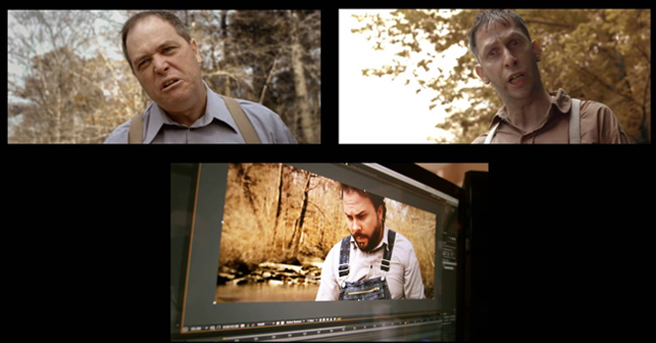
Now, I’m not trying to argue that digital is inherently better than film (well, not entirely). Film is indeed beautiful, and some of our most memorable movies were shot on it. And if a director is comfortable with using it (such as Nolan, Tarantino, Paul Thomas Anderson, etc.), why not let them? Indeed it’s nice when a director steps out of their comfort zone (like Scorcese’s aforementioned HUGO), but it can also backfire (the overly-smooth ugliness of Michael Mann’s PUBLIC ENEMIES, or the clinical-slickness of David Cronenberg’s MAP OF THE STARS). Even David Lynch’s first foray in digital filmmaking – INLAND EMPIRE – created some striking images, but was ultimately just grainy and distracting (however, it seems the digital photography of his new TWIN PEAKS revival is better). Meaning, digital isn’t a save all, but it is also isn’t the red-headed step-child anymore.
Honestly, the problem with defining which is objectively better is foolhardy to begin with. I mean, when you have people seriously talking about “aesthetically pleasing grain in film”, you can just fuck off. Look, you can subjectively think that (and, hell, I like the look of film grain), but to say that that is objectively a good thing is ridiculous. It’s like saying the pops and flaws in vinyl make it better, and not simply outdated tech.
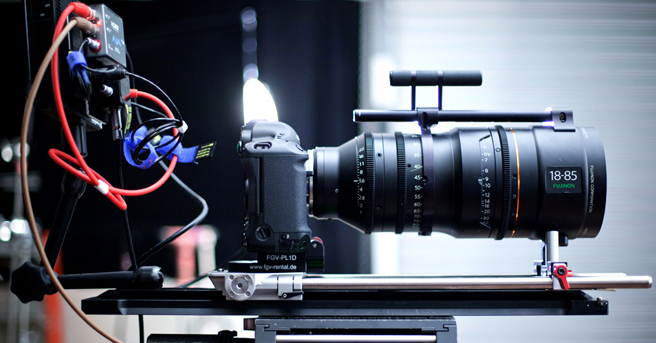
So that’s where I fall mainly on the divide – I just don’t see, other than semi-religious words like “magic” or “essence” or “realness”, how film is better than digital, since digital photography can do both: look like film, but also offer its own aesthetic. But I’m not here to shit on film or say that it deserves to die or be lost or anything (and the sterile look commonly attributed to digital could be replicated with film if a filmmaker wanted it to in post). Just that it should be a choice, and I’m glad democratization of filmmaking exists with the digital revolution
And the idea of democratization in filmmaking is not a small one. For instance, Robert Rodriguez’s first film EL MARIACHI only cost about $500 (when accounting for props, location, actors), but he had to undergo medical experiments to pay for the over $6,500 (in 1992 money, so probably closer to 13,000 today) in film processing alone. And he was using 16mm at the time! Not only that, but nowadays the point of entry to make your own films is easier than it’s ever been – I mean, 2015’s TANGERINE was filmed on an iPhone for God’s sake! And that’s allowing much more voices – and much more ideas – to be seen and heard. Hell, even someone as hateful of digital technology as Quentin Tarantino had this to say on that subject: “A young person can make a film on a cell phone [for example], if they have the tenacity to do so. They can actually make a movie, and they can be legit. Back in my day, you at least needed 16mm to make something, and that was a Mount Everest most of us couldn’t climb”.
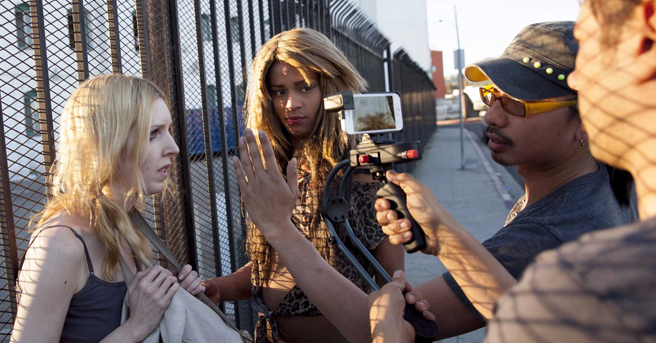
And, whatever your personal preferences are on the matter, here’s something Steven Soderbergh said on the documentary SIDE-BY-SIDE about this very subject:
“It seems hypocritical if you're a creative person to be saying no to anything, especially anything new. It's the definition of your job to be exploring, to be evolving, to create new knowledge.”
And I couldn’t agree more. Digital probably won’t kill film (the same way CGI didn't kill stop-motion or animatronics), but it’s here to stay, and it’s time we got used to it. Who knows what the future holds, and what the next generation of movie-makers will be able to create with all these new tools at their fingertips? I for one can’t wait!



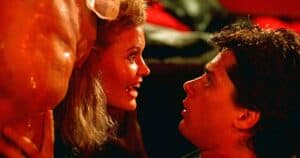
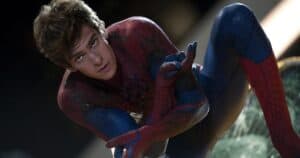
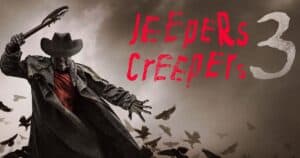
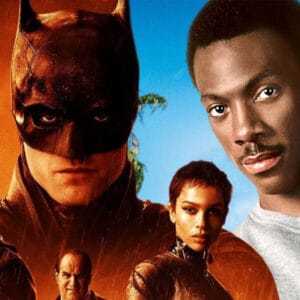
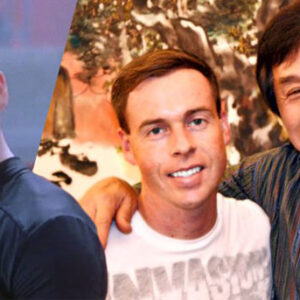

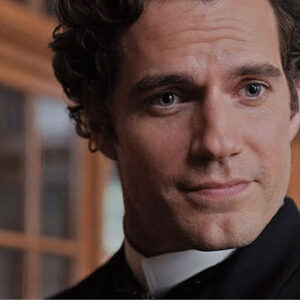
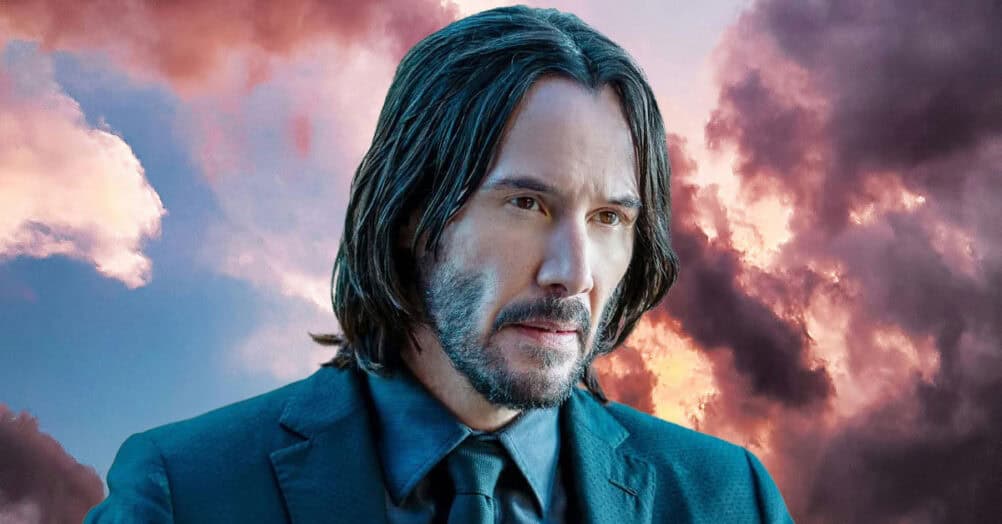
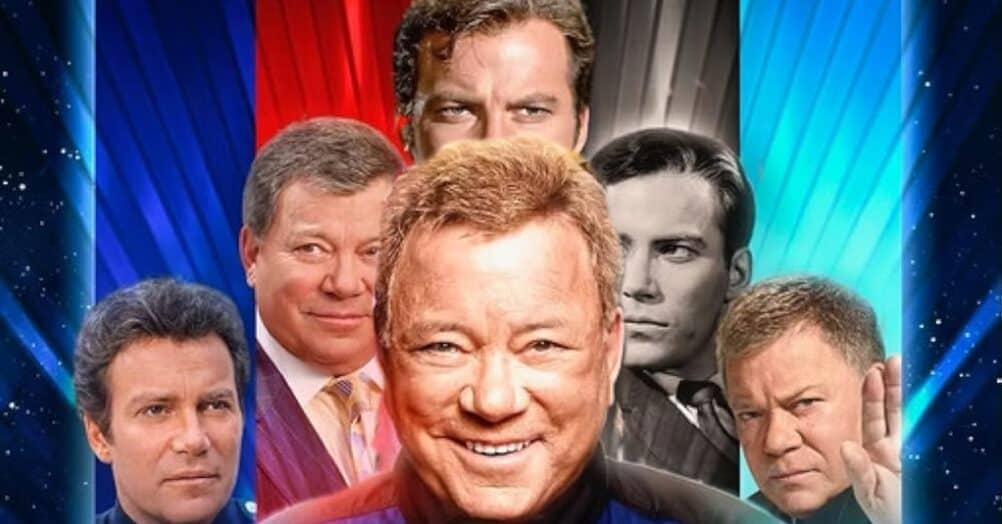
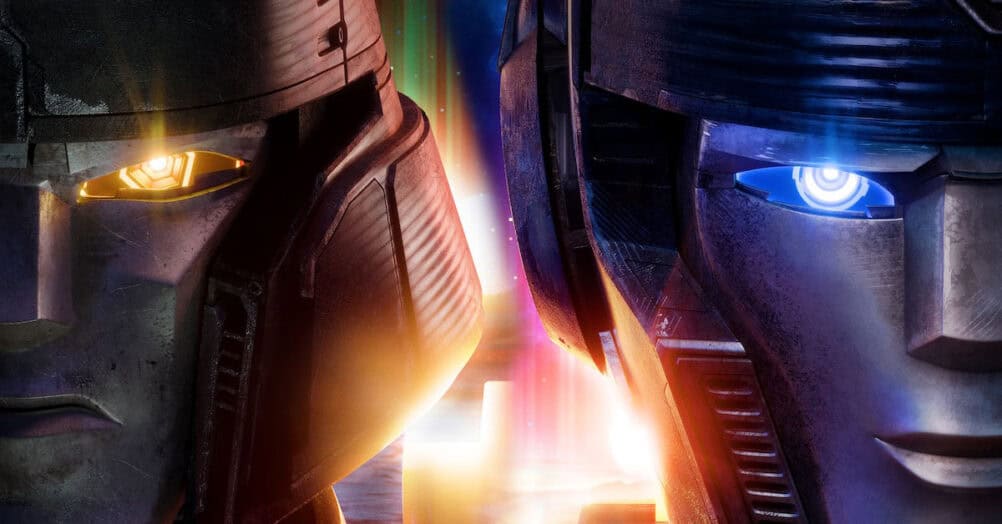

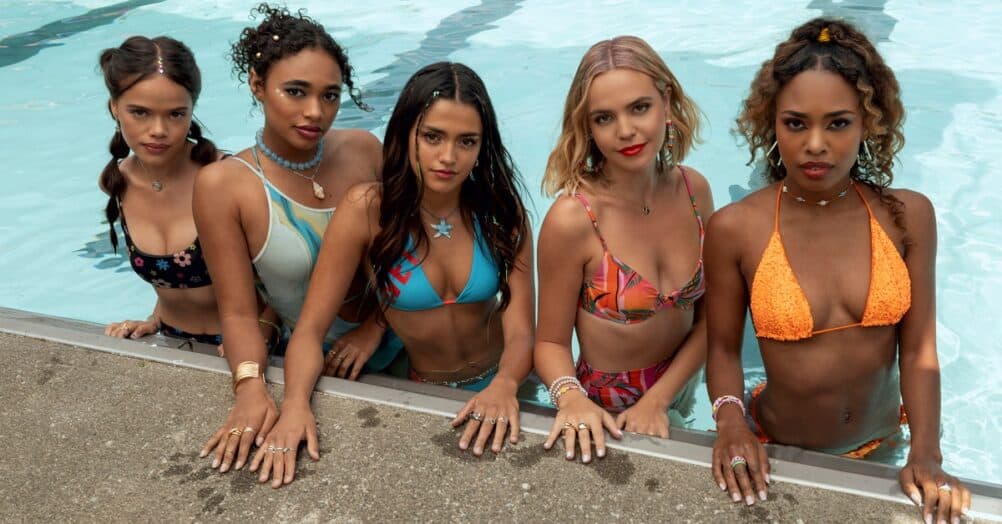
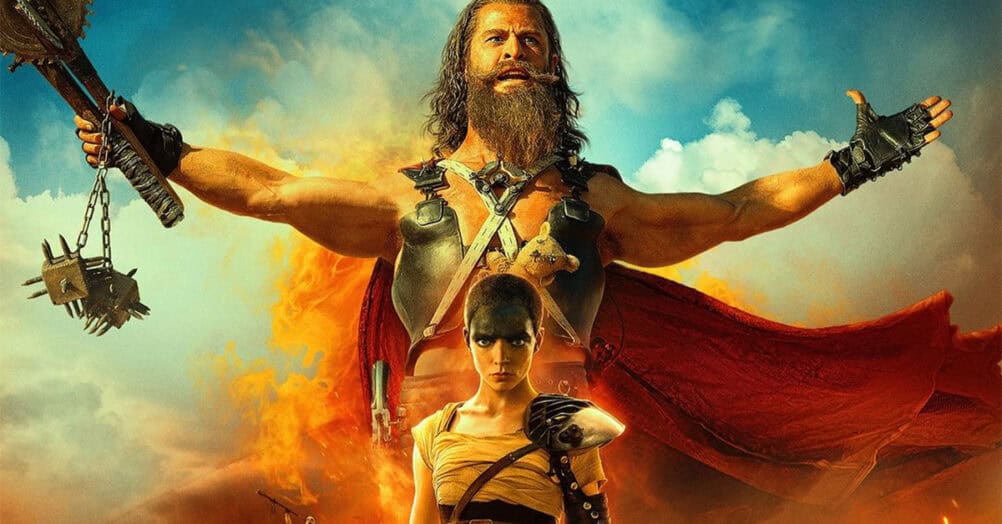
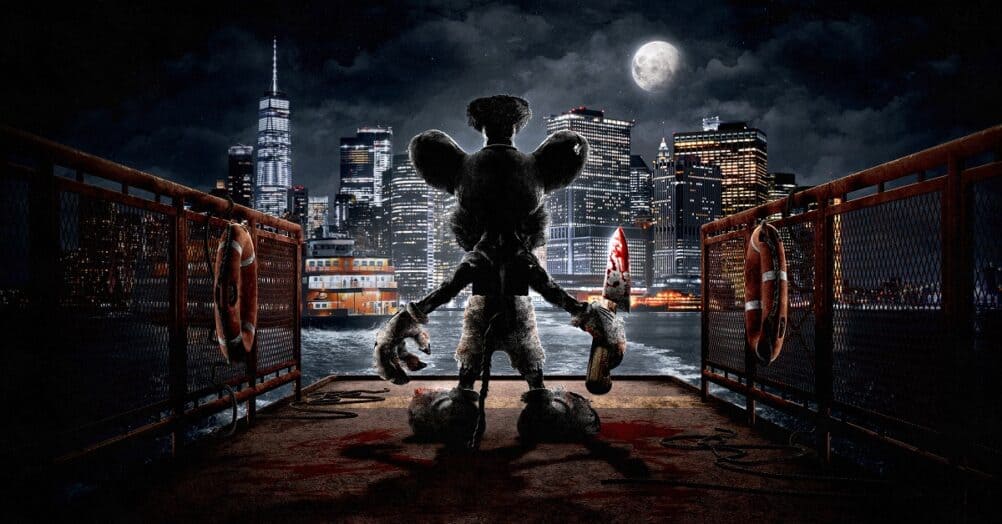
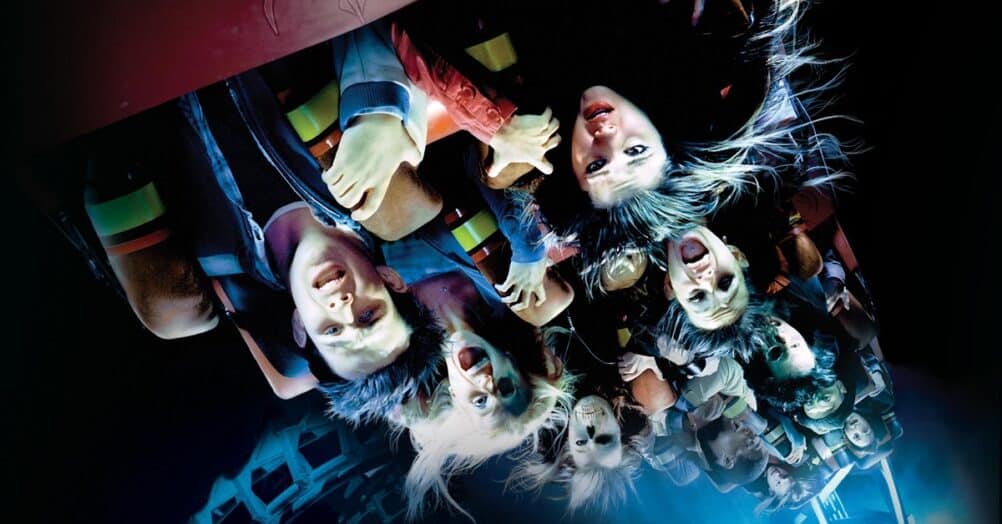
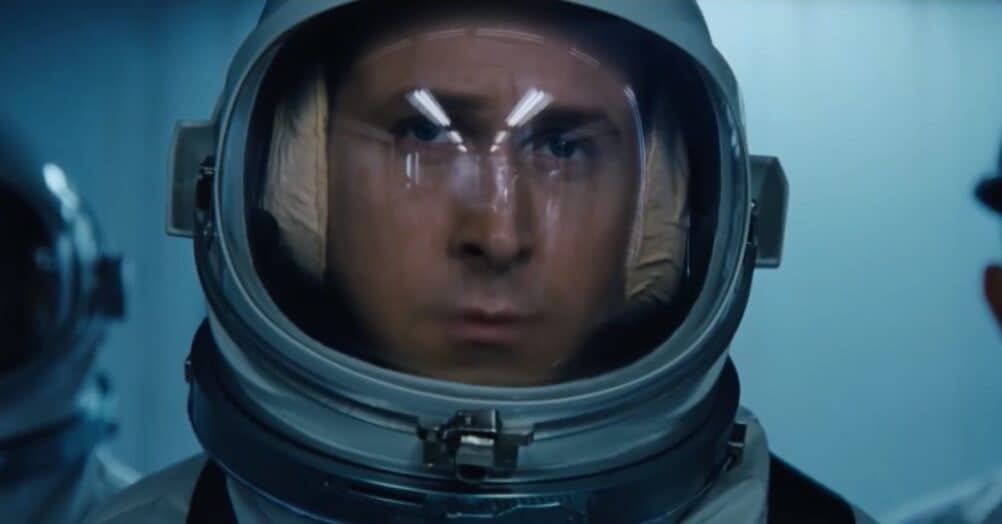
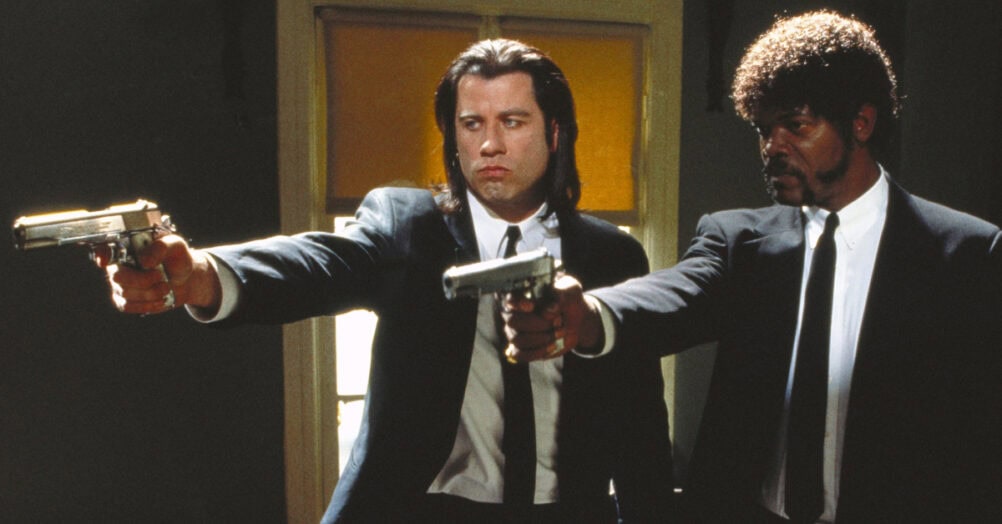
Follow the JOBLO MOVIE NETWORK
Follow us on YOUTUBE
Follow ARROW IN THE HEAD
Follow AITH on YOUTUBE